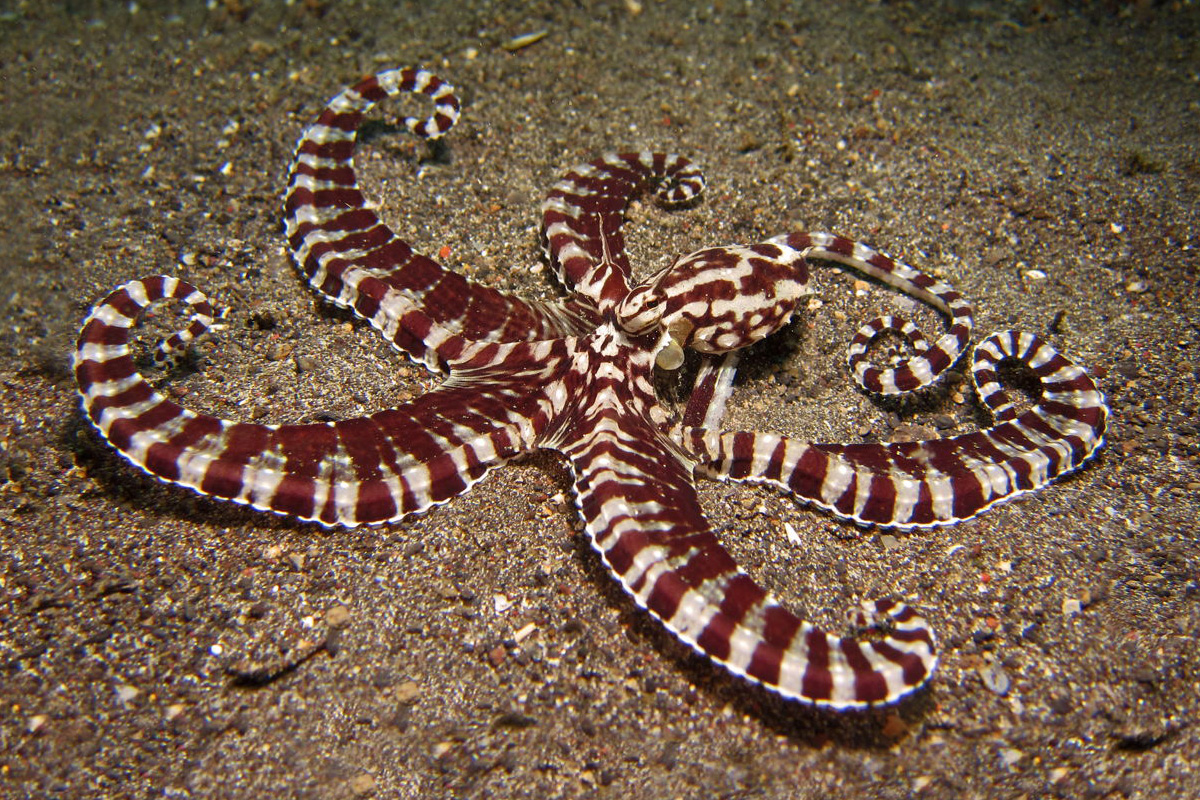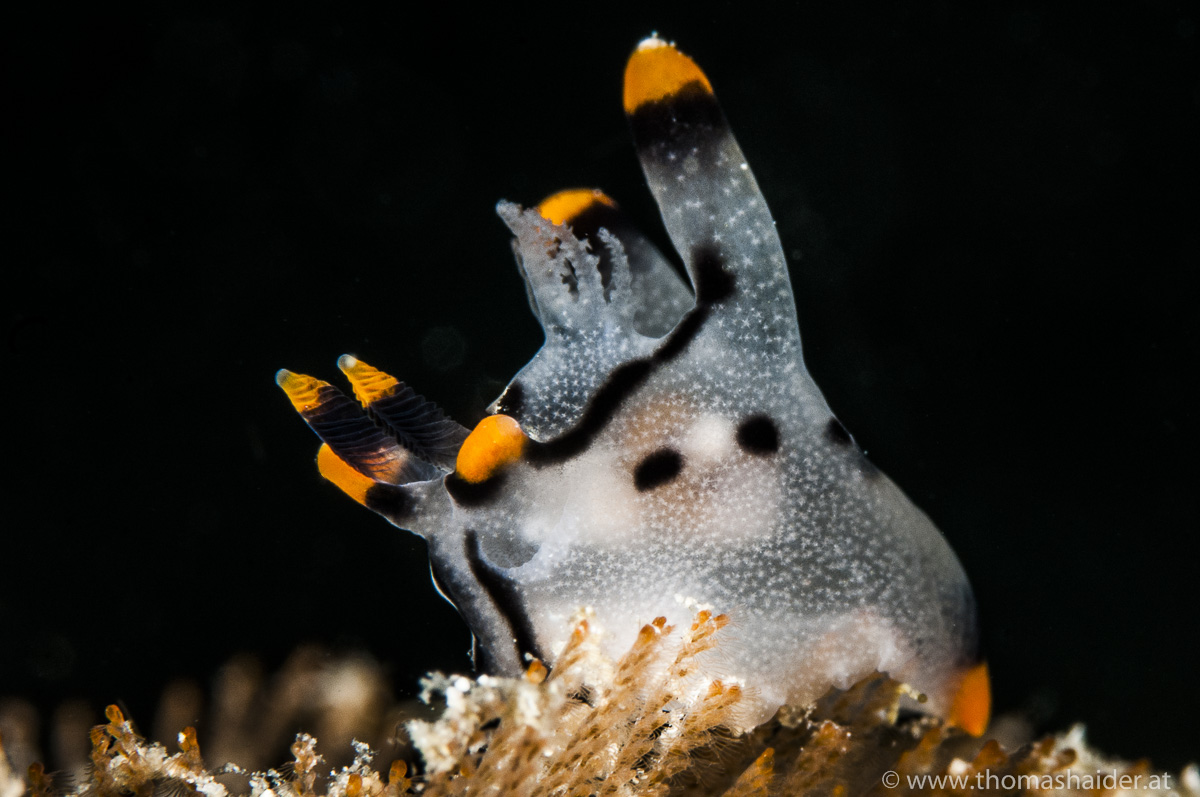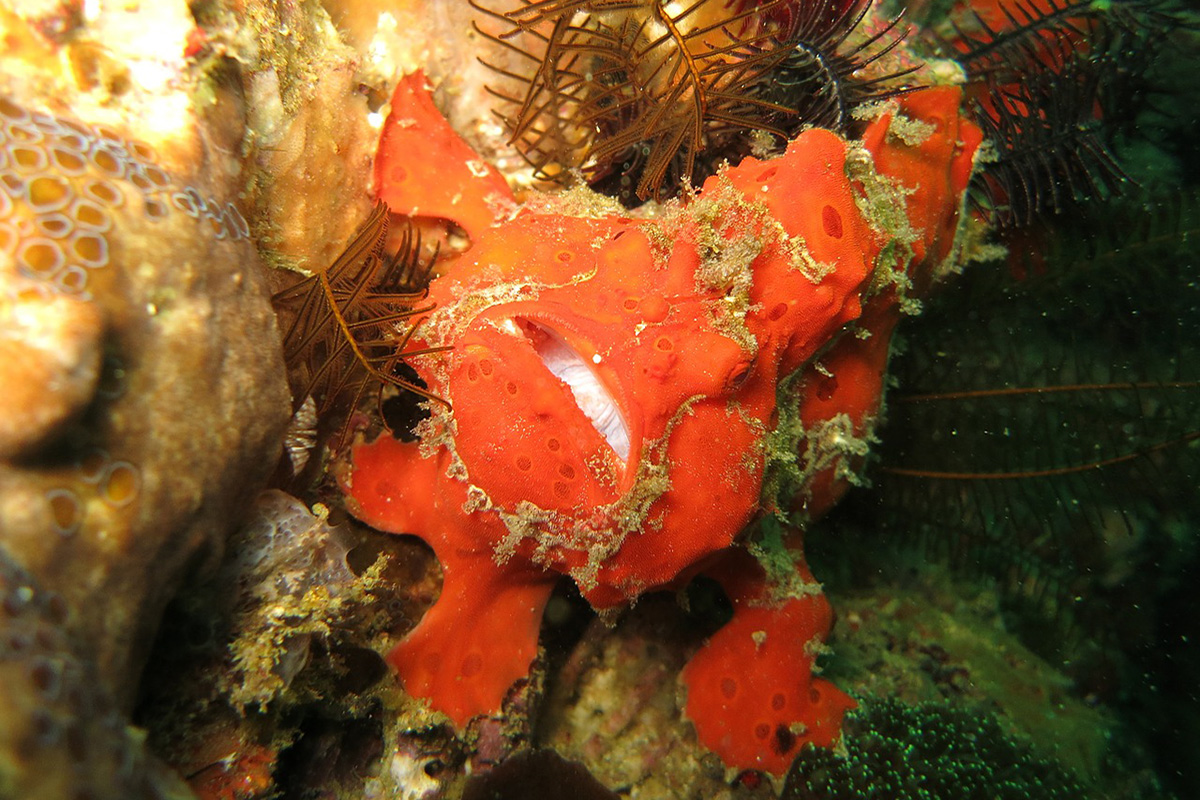Diving Around Batanta Island in Raja Ampat
Across the Dampier Strait from Waigeo is the smallest island of Raja Ampat’s ‘Four Kings’ Batanta Island. Countless bays, beautiful beaches, pristine mangroves, and towering waterfalls are features of this remote island that few tourists make the trek to visit. However, being just a short boat ride from Papua Paradise Eco Resort, guests can both take day trips to explore the island and dive around it.
The bays around Batanta have only very recently been explored and written about. Before Burt Jones and Maureen Shimlock’s research and subsequent books on Raja Ampat and the Birds Head Seascape areas in 2008, there was very little information available about the marine life there. More people dive around Batanta Island now but you definitely won’t be fighting for space.
Not Raja Ampat’s Typical Diving
Batanta’s sheltered black sand bays are extremely different to the colourful and dynamic diving that is typical of Raja Ampat. In fact, some divers might be confused as to why they are there when they first see the marine landscape in the area. Once you start exploring the sandy slopes, algae patches, and coral rubble it will quickly become apparent though. Macro lovers will be in their element around Batanta Island.
Dive sites like Black Beauty and Happy Ending are the ideal dives for macro lovers to get their fix of critters like ghostpipe fish, , blue ringed octopus, wonderpus and rare nudibranchs. For those with a keen eye frogfish disguising themselves as rocks are also a treat. There is actually a ton to see in what at first looks like nothing but sand and algae. Gangga Divers’ guides are brilliant at spotting interesting critters in the muck and even know the spots where certain ones often pop up.
Dive Tips for Muck Diving Batanta Island
The straits around Batanta Island can be quite rough and the currents strong, but inside the bays conditions are calm and suitable for beginner divers. If you get seasick, it is a good idea to bring anti-nausea wristbands, ginger candies, or other preventatives for the choppy straits. However, once in the bays your stomach should settle quickly.
The currents and flow from the rivers that feed into the bays can make the water a bit chillier than other dives in Raja Ampat. This means the waters are incredibly nutrient rich, but you may need a wetsuit to help you stay down longer searching out all those interesting critters.
Buoyancy is incredibly important when it comes to muck diving. Finning unnecessarily here will stir up the bottom, scaring away critters and ruining visibility. You will need to use your lung volume or slightly inflate your BCD to rise up away from the sand and fin gently to move to your next spot.
Take your camera! The critters that reside in the black sandy slopes and algae at these sites are really amazing to photograph. You may even find that you come back with pics of species that no one has ever seen before. Isn’t it exciting to think there are still unidentified species out there?
It may not be your first thought to go muck diving in Raja Ampat, but it’s always great to mix up your diving. You never know what you might find out there in the remote bays of Batanta Island!
Would you consider muck diving while you’re in Raja Ampat? Tell us why or why not in the comments box below.




1 Comment
good info, thanks